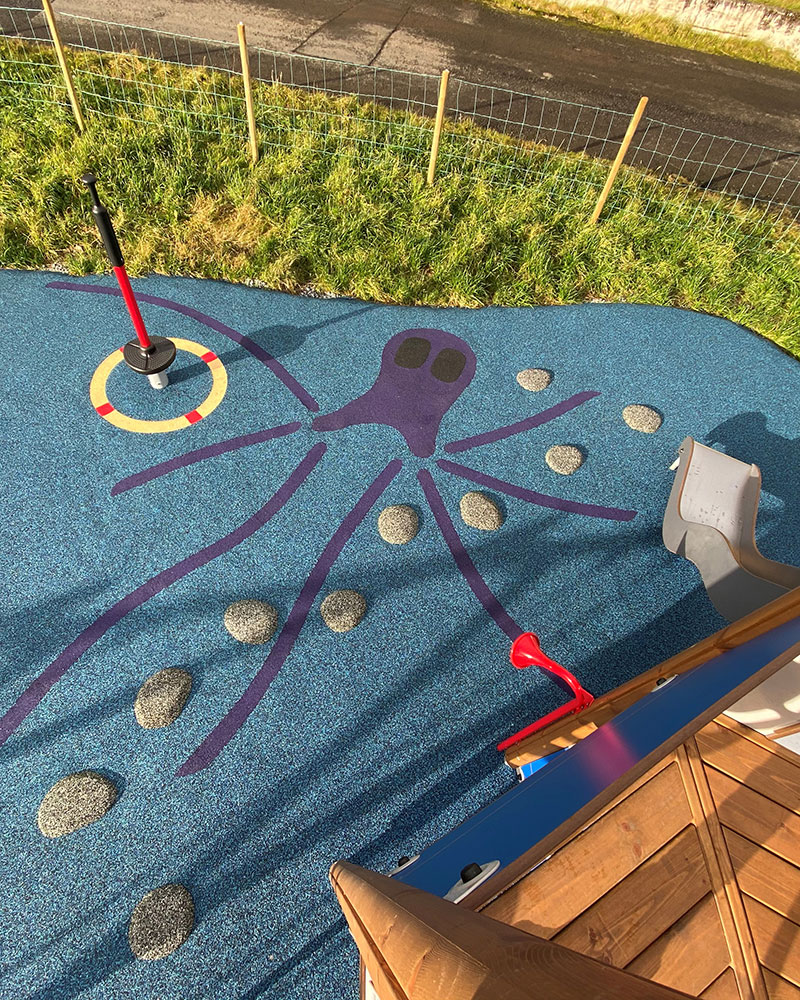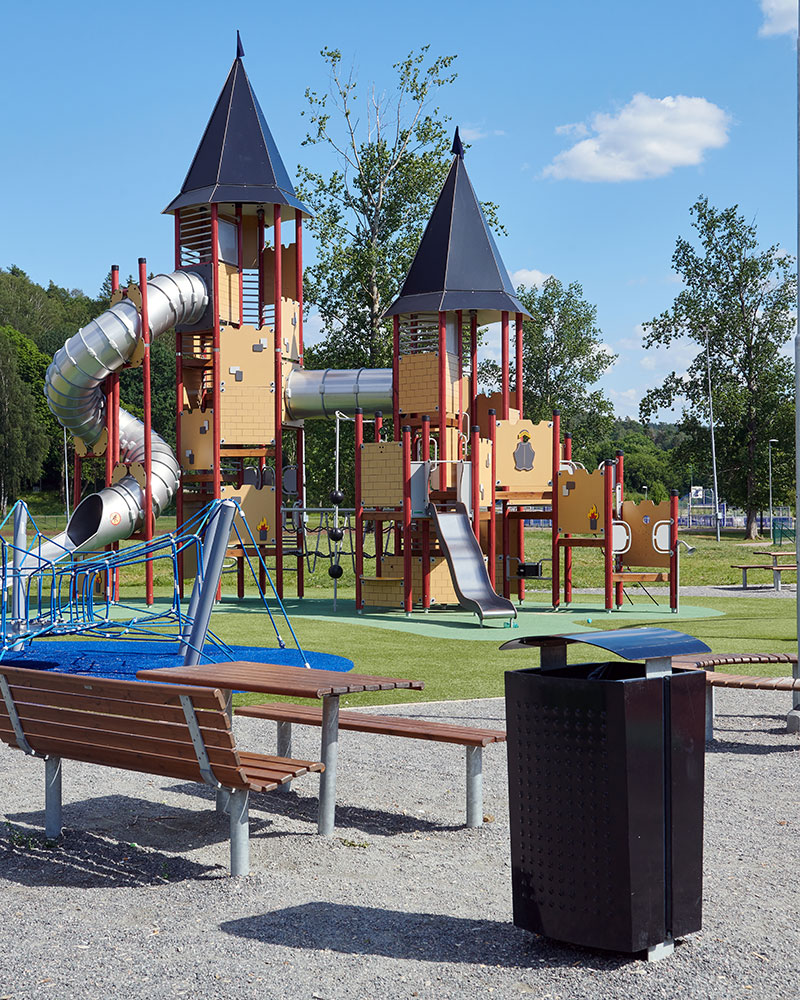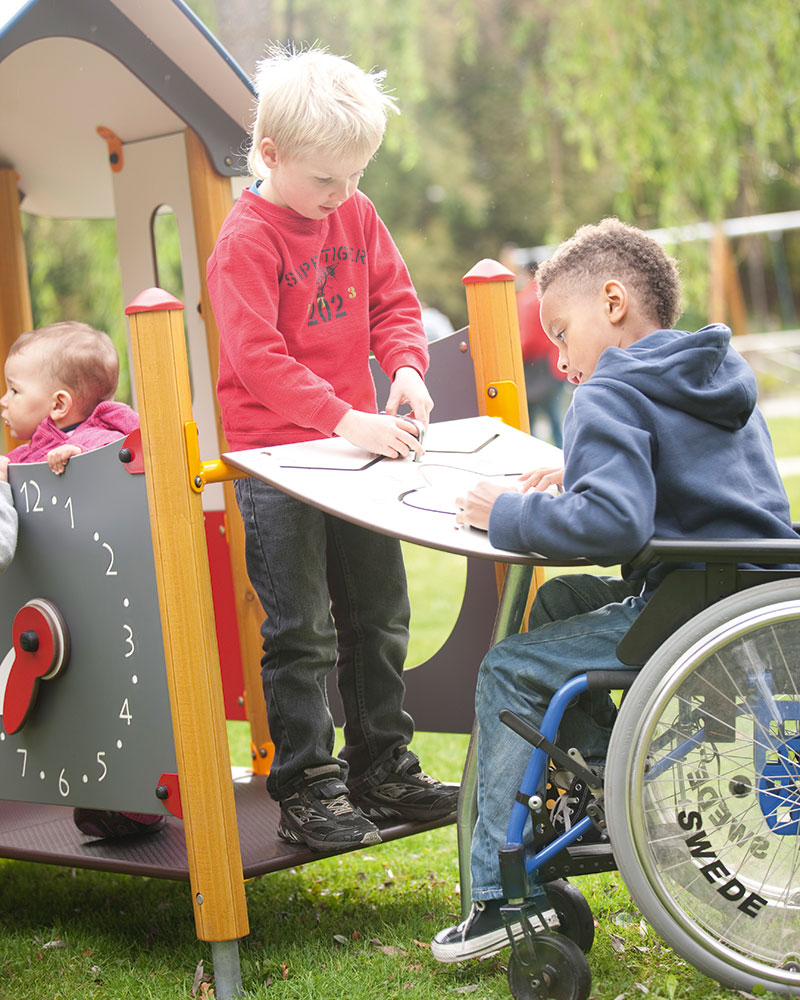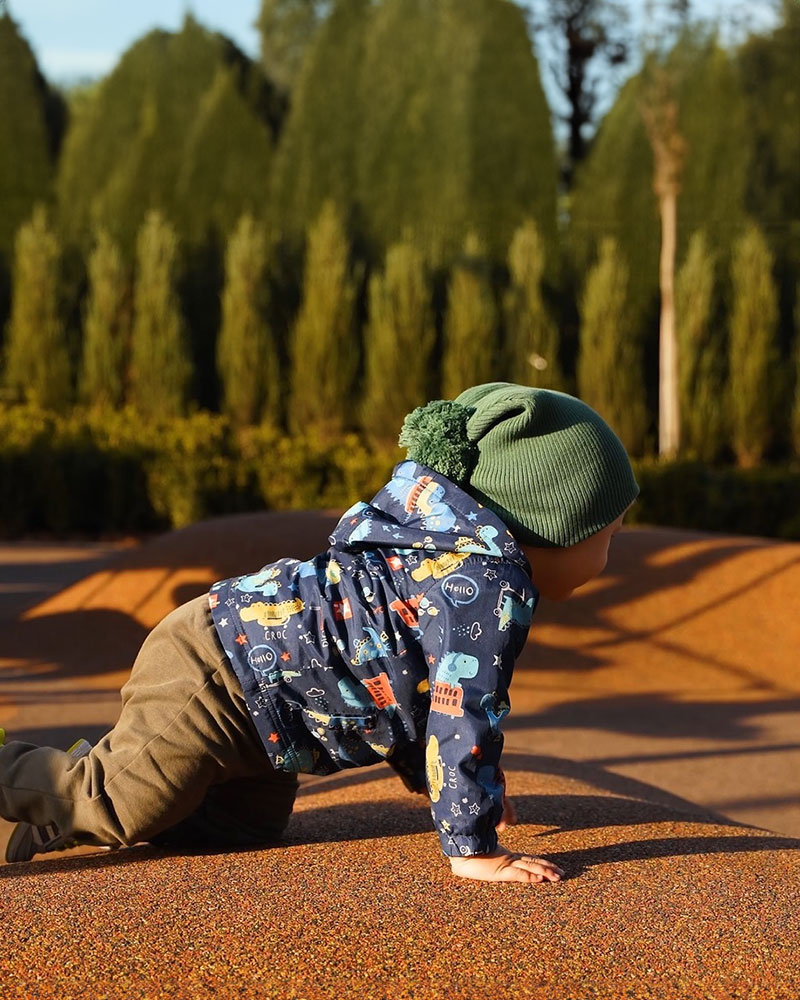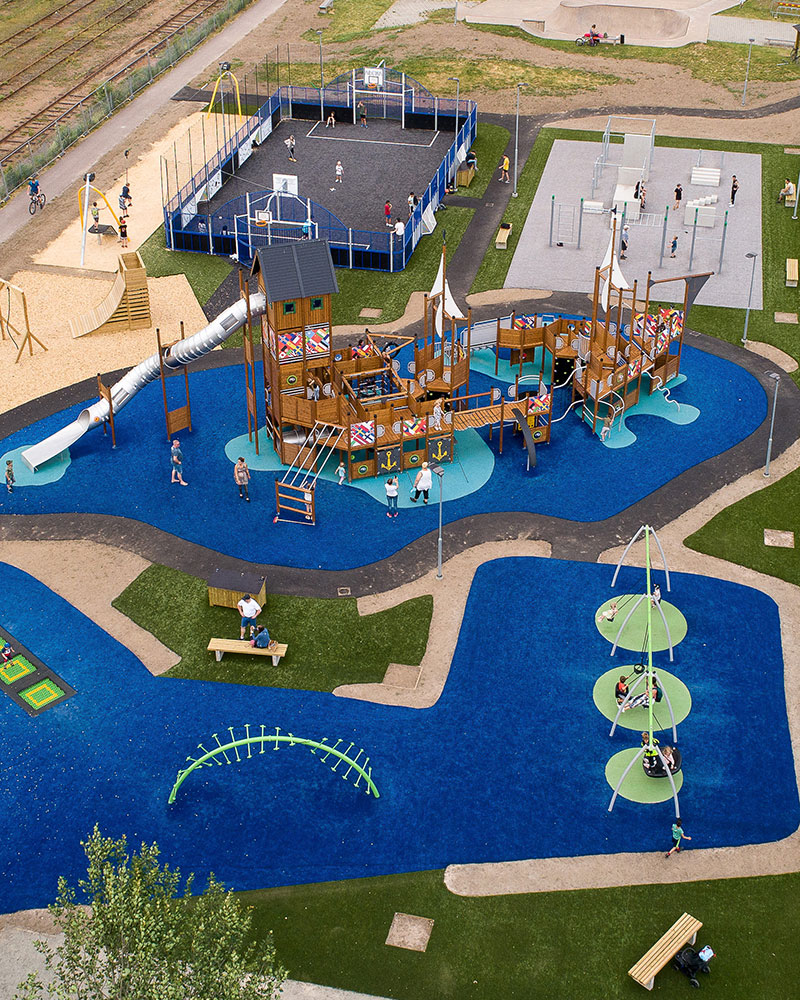How to plan and prepare for building an inclusive playground
There is a lot of planning and preparation to be done when designing a playground for all. In this guide we highlight some of the things to keep in mind at this stage and some tips to help you through the process. We offer a full service, from idea to reality, so don't hesitate to contact us at any stage of your project.
Who should be involved?
Involving the community by creating a committee is a great idea. It allows you to share responsibilities, gather diverse ideas, and ensure the project meets their needs. Include a range of people with different interests and knowledge, such as disabled individuals, families with disabled children, playground professionals, school staff and parents, local government officials, and other stakeholders. This ensures the play space is well suited for everyone.
The committee
Organize your committee and allocate roles to ensure the project runs smoothly. Appoint someone to focus on children’s participation, developing creative and inclusive methods to involve them throughout the project. Include landscape experts or play space designers to ensure a realistic timeline and high project quality.
Keep stakeholders informed of project status, events, and meetings through regular communications via social media, websites, newsletters, and notice boards. This helps them feel included and ready to offer support when needed.

Is the location suitable?
Selecting a site for your play space is crucial for the design and success of your playground. Carefully analyze the site early to minimize preparation costs and maximize safety and usability. Check the site's size, as it will significantly influence the design and costs of the playground.
Deciding on ideal playground site
Study the site to identify any extensive preparatory work needed, as this can add costs. However, natural features like slopes can enhance play value. Our designers can incorporate elements such as embankment slides or utilize the slope as a play space. Assess the risks and benefits of natural elements like trees and shrubs; they provide shade and beauty, but consider their roots and branches to avoid potential problems.
If there is an existing playground, our professional team can assess the safety and cost implications, helping you decide whether to remove it. Consider the site's sun exposure throughout the year, as some equipment may need to be placed away from direct sunlight to prevent overheating.
Anything else to consider?
Managing and spending funds wisely can be challenging. To keep finances in check, create regular financial reports, maintain visible targets and achievements, and consider long-term maintenance costs. Ask manufacturers about annual maintenance costs for playgrounds of your desired size and allocate sufficient funds in your financial plan. Having a mission and vision statement will help manage finances and keep everyone focused.
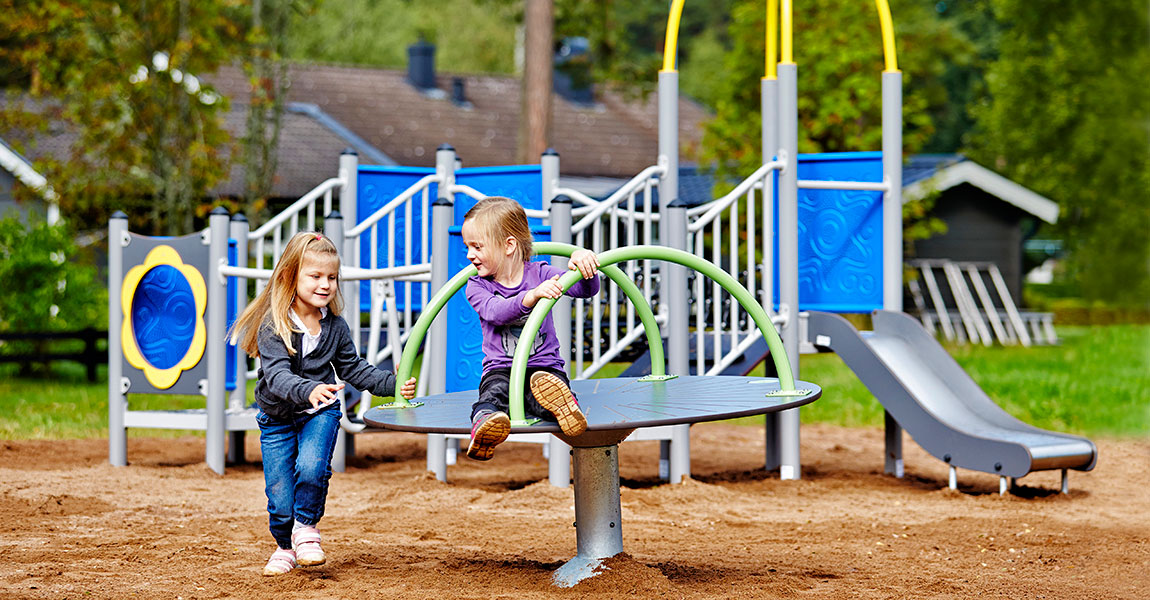
Designing an inclusive playground
Designing for inclusion requires thoughtful integration of play values and accessibility. The following sections highlight key elements to consider when creating an inclusive play space. This guide is flexible, allowing designers to prioritize certain aspects and develop custom strategies to best meet users' needs.
Explore the pages below to help you plan and design an inclusive playground.


